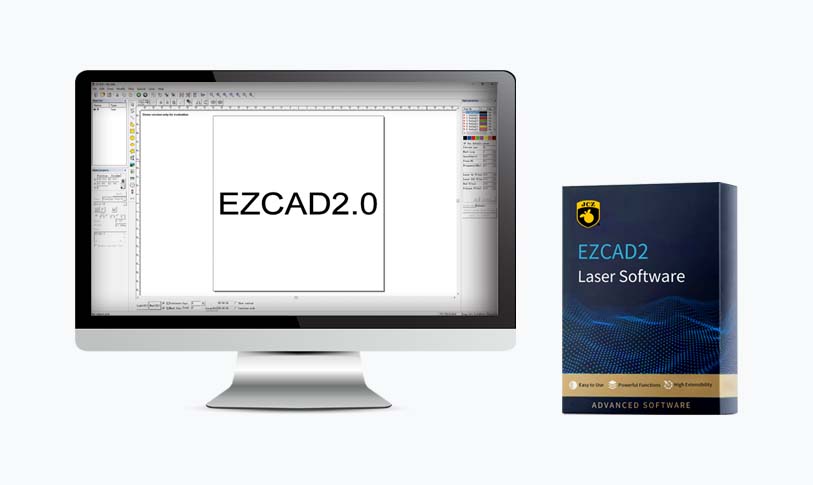[uv laser etching]The UV Laser Etching Process: Understanding its Application and Benefits
News 2025-7-17
Laser technology has come a long way, and one of the most innovative developments within this field is UV laser etching. This process offers a range of advantages for various industries, from precision manufacturing to medical device creation. Here, we will explore the concept of UV laser etching, its processes, and the benefits it offers.
What is UV Laser Etching?

The UV Laser Etching Process: Understanding its Application and Benefits
Process Overview
The UV laser etching process typically involves several steps. Firstly, the material to be etched is carefully prepared, ensuring it is clean and free from contamination. The laser settings are then adjusted to optimize the beam's power and focus for the specific material and application. The laser is then directed at the surface, either through automated or manual means. The interaction between the laser and the material causes the desired etching effect. Post-processing steps may include cleaning and finishing to ensure the best results.

The UV Laser Etching Process: Understanding its Application and Benefits

The UV Laser Etching Process: Understanding its Application and Benefits
The versatility of UV laser etching makes it suitable for various applications across different industries. In the manufacturing sector, it is used for marking and identifying components, ensuring traceability and quality control. In the medical field, it is used to etch medical devices such as surgical instruments and dental implants, providing precise markings that are crucial for accurate usage and patient safety. UV laser etching is also used in the automotive industry for creating precise logos and designs on vehicle components.
Benefits of UV Laser Etching
There are several benefits associated with using UV laser etching. Firstly, it offers high precision and accuracy, ensuring precise engraving on even the smallest features. Secondly, it is highly versatile and can be used on various materials, making it suitable for different applications across different industries. Thirdly, it is a non-contact process, which means there is no physical contact between the laser and the material, reducing the risk of damage or contamination. Additionally, UV laser etching offers a cost-effective solution, with reduced downtime and improved productivity.
UV laser etching has revolutionized various industries by providing a highly precise and versatile method for engraving and marking materials. Its ability to offer high precision, accuracy, and versatility makes it a popular choice for various applications across different sectors. With its numerous benefits, UV laser etching continues to evolve and find new applications in different fields.